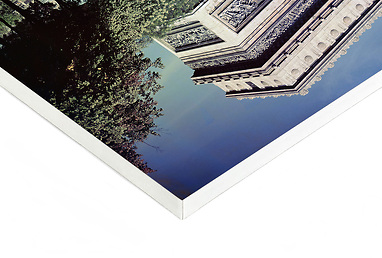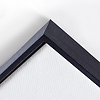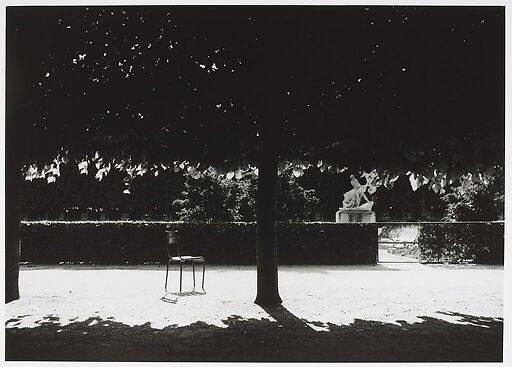Jardin du Palais-Royal, allée de tilleuls, chaise et groupe sculpté (stretched canvas)
Choose color
Choose an atmosphere
{{ new Intl.NumberFormat('en').format(dimensions.legend.w) }} {{ dimensions.legend.unit }}
{{ new Intl.NumberFormat('en').format(dimensions.legend.h) }} {{ dimensions.legend.unit }}
Print type
Stretched CanvasStretched Canvas
Giclee print on Fine Art canvas mounted on a 2 cm thick wooden frame. For greater compliance with the original work, the printing covers the entire chosen format, the part of the canvas covering the sides of the chassis remains white. The reproduction will be shipped in protective packaging to be received in perfect condition.


 Français
Français  English
English 







